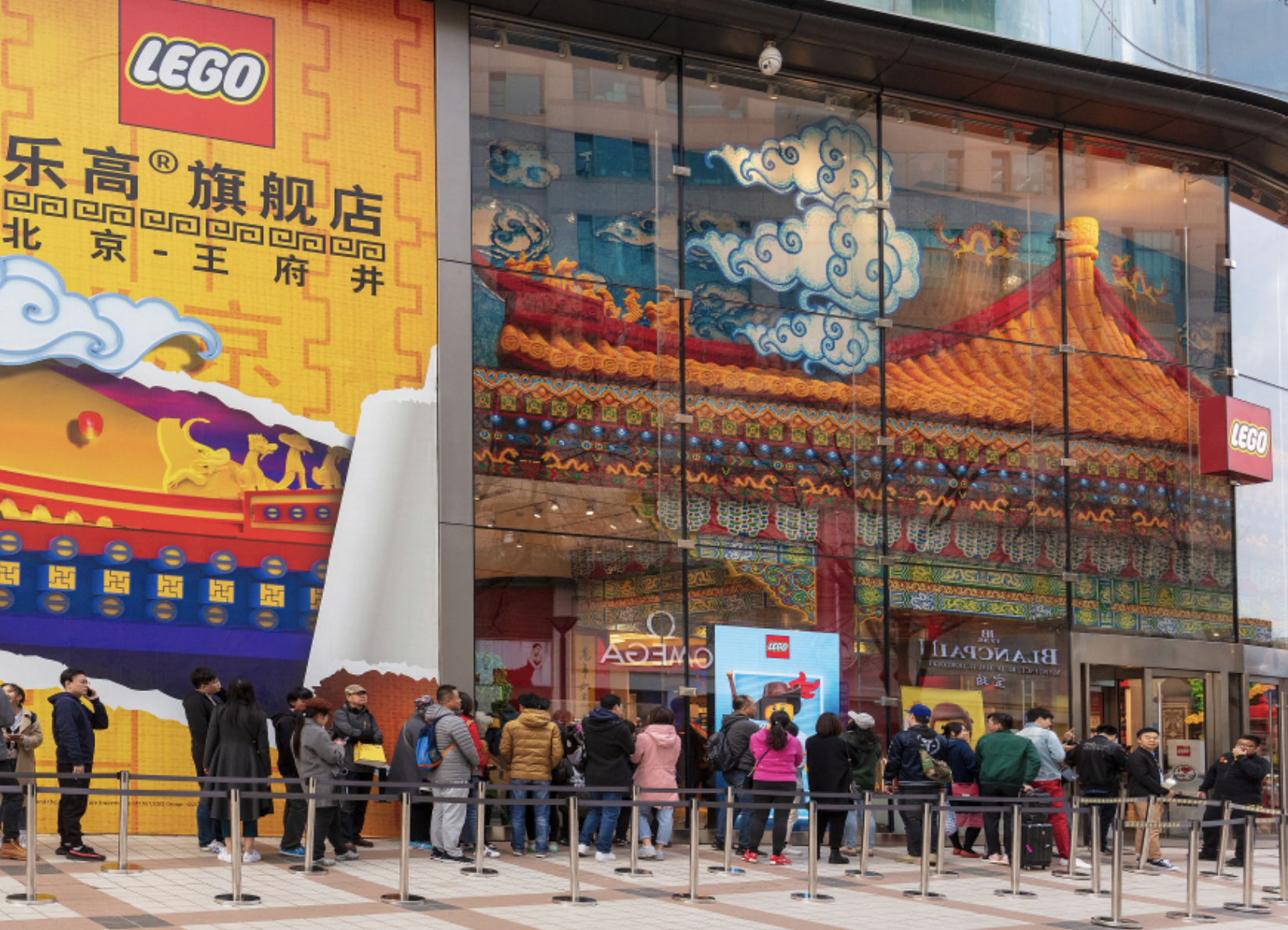Lego has chosen Vietnam for the construction of its first zero-emission factory. In an effort to minimize the impact of trade competition between China and the United States, several multinationals are aiming to diversify supply chains by distancing themselves from what for decades was considered the world's factory.
Lego, the world's leading toy manufacturer by sales, has begun construction of a new plant in Vietnam's Binh Duong province, about 50 kilometers north of Ho Chi Minh City. It will be the Danish company's sixth production base and the second in Asia, after the one in Jiaxing, China, which has been in operation since 2015.
The plant, scheduled to open next year, will be 44 hectares in size, will be powered mainly by solar energy, and will rely on state-of-the-art technology to produce the iconic plastic bricks. The decision will result in the creation of 4,000 jobs over the next 15 years, as well as the injection of more than $1 billion in investment into the area, which is already home to the largest industrial complexes and boasts the title of the richest region in the country. This is the largest investment by a Danish company in Vietnam.
The decision reflects a broader trend that over the past five years has seen Vietnam stand out as a favorite destination for foreign investors fleeing the former world factory in an effort to evade U.S. tariffs on goods imported from China.
Partly spurred by the rush to relocate triggered by the outbreak of the China-U.S. trade war, Vietnamese authorities have devised a plan to proactively attract foreign investment, prioritizing high-value-added projects and promoters of advanced, clean technologies.
According to Bruno Jaspaert, chief executive officer of Deep C Industrial Zones, one of Vietnam's largest industrial zone developers, by focusing its efforts on the pressing issues for international investors, such as sustainability as articulated by the United Nations Development Goals, the country "may have the recipe for success."
By issuing Resolution 50 in 2019, the Communist Party of Vietnam emphasized the centrality of the role that foreign economic actors and foreign investment play in the pursuit of a long-term development strategy, stressing the need to attract green and hi-tech technologies that add to the production process.
In fact, already in 2018 FDI had increased by 9.1 percent over the previous year to $19.1 billion, subsequently registering a further 6.7 percent increase to $20.38 billion in 2019. After initially stalling in 2020 due to the pandemic outbreak, they returned to significant growth in 2021, partly in the wake of the massive industrial plant closures caused by the "zero Covid" strategy pursued by Beijing, to reach $38.85 billion.
Lego Chief Operating Officer Carsten Rasmussen himself said in December 2021 that the Vietnamese government's efforts to expand renewable energy infrastructure and collaborative approach with foreign companies contributed to the Group's decision to open a new manufacturing base in the country. ha dichiarato a dicembre 2021 che l’impegno del governo vietnamita per espandere le infrastrutture per la produzione di energia rinnovabile e l’approccio collaborativo con le aziende straniere hanno contribuito alla decisione del Gruppo di aprire una nuova base produttiva nel paese.
However, according to experts, there are structural factors that make it almost impossible for these attractive new destinations for foreign investors, such as Vietnam and the broader Southeast Asian region, to become true alternatives to China's complete manufacturing ecosystem and really challenge Beijing's status as a global manufacturing hub in the short term.
Zhang Monan, deputy director of the Institute of American and European Studies at the China Center for International Economic Exchange in Beijing, said the lack of a complete industrial system and a large domestic market is a major disadvantage for Vietnam. As long as semi-finished products continue to be supplied mainly from China and finished products exported mainly to the United States, the country's industrial development can never emancipate itself from its external dependence.
In addition, Vietnam still suffers from the shortage of skilled labor, as well as the huge disparity in population scale when compared with its huge neighbor. According to official Vietnamese data, only 11 percent of the country's 51.4 million workers are considered highly skilled, compared to the more than 200 million claimed by Chinese authorities (about 26 percent of the total workforce). "With 7 per cent of China's population, [Vietnam] will not be able to displace more than a small fraction of China’s exports," said David Dapice, senior economist for the Vietnam and Myanmar programs at Harvard University's Ash Centre for Democratic Governance and Innovation.






